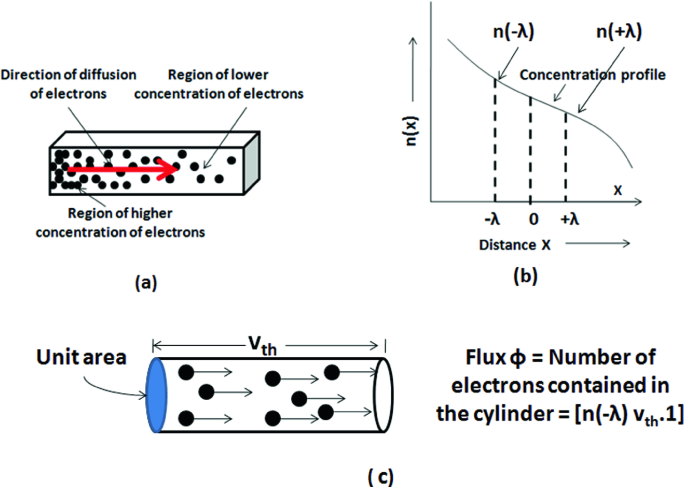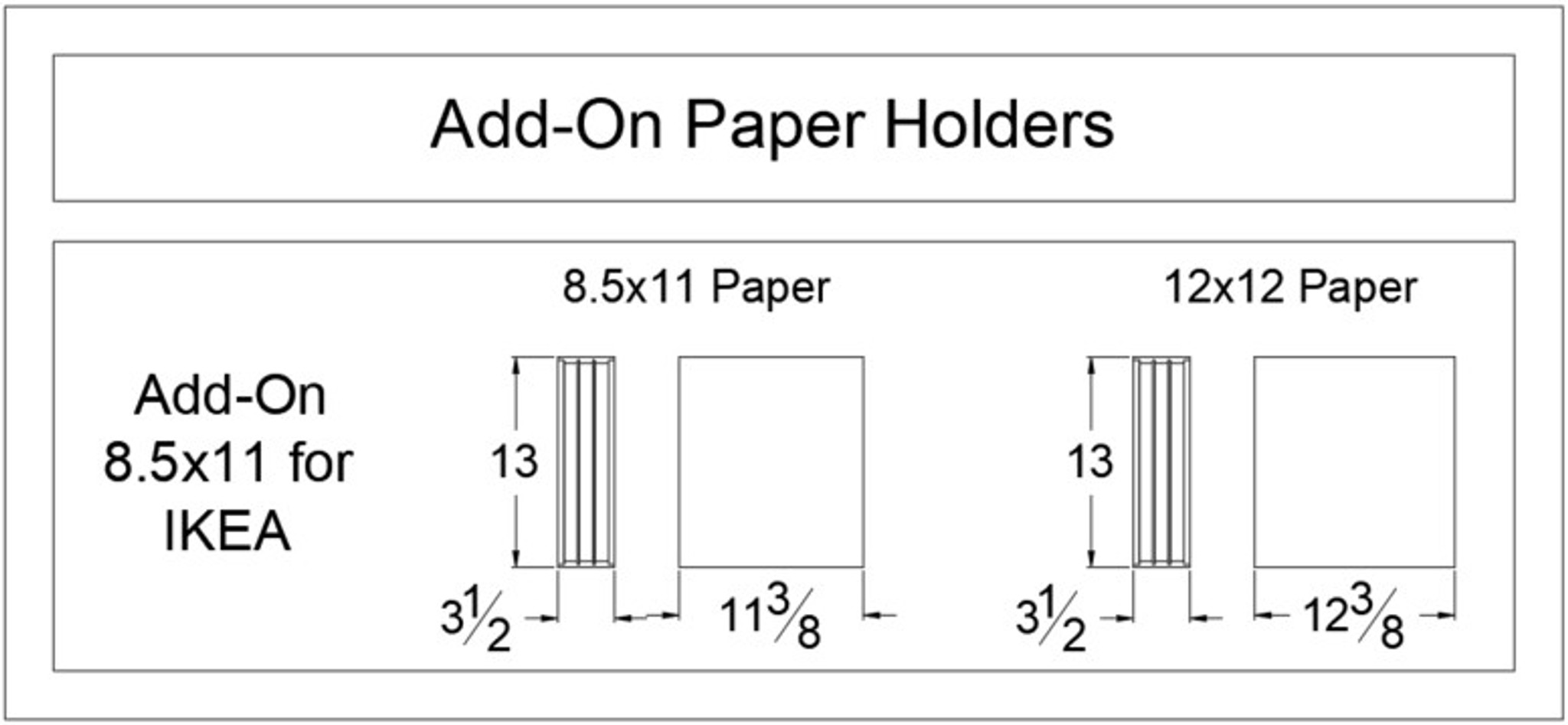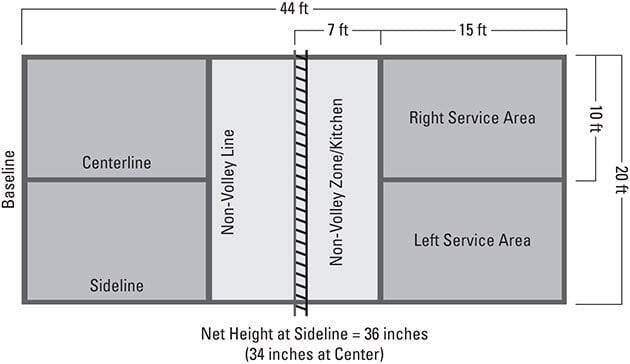Schematic illustration of the length- and widthwise dimensions and c
$ 11.50 · 4.5 (244) · In stock

Download scientific diagram | Schematic illustration of the length- and widthwise dimensions and c -axis of the apatite crystals (not drawn to scale). (A and B) The relationship between the crystal cut planes to the proposed final shape of the plate-like and tablet-like crystals seen in longitudinally-sectioned collagen fibrils. Likewise, C shows the relationship between the crystal cut plane to the proposed final shape of the tablet-like crystals seen in cross-sectioned collagen fibrils. In cross-sectioned fibrils (C), crystals were half the length (L) of tablet-like crystals seen in longitudinally-sectioned fibrils (A and B), but the widths (w) and the thickness (t) were consistent regardless of sectioning. from publication: TEM Analysis of the Nanostructure of Normal and Osteoporotic Human Trabecular Bone | Transmission electron microscopy (TEM) was used to investigate the crystal-collagen interactions in normal and osteoporotic human trabecular bone at the nanostructural level. More specifically, two-dimensional TEM observations were used to infer the three-dimensional | cancellous bone, Transmission Electron Microscopy (TEM) and Apatites | ResearchGate, the professional network for scientists.

Naval architecture - Weight, Buoyancy, Stability

a) Geometry and loading of the composite plate. (b) and (c) Positions

Electrical Properties of Materials
How does an object's speed affect its length in relativity theory? - Quora

eCFR :: 49 CFR Part 238 -- Passenger Equipment Safety Standards

PDF) TEM Analysis of the Nanostructure of Normal and Osteoporotic

Envelope Size Guide C4 (A4) C5 (A5) C6 (A6) DL – All Colour Envelopes

Add-On for 8.5x11 Paper Holder Shelf
:max_bytes(150000):strip_icc()/free-bathroom-floor-plans-1821397-Final-2566be4e5e234607bbda21afbbfddd68.png)
15 Common Bathroom Floor Plans

TEM micrographs of cross-sectioned mineralized collagen fibrils in

How to Play Pickleball - dummies

The figure shows a cylinder of mass 1.49 kg, radius 3.40 cm and length 9.03 cm with 130 turns of wire wrapped around it lengthwise, so that the plane of the wire

Jeannette TAYLOR, Emory University, GA, EU

/media/image/product/a/detail/PL1'4